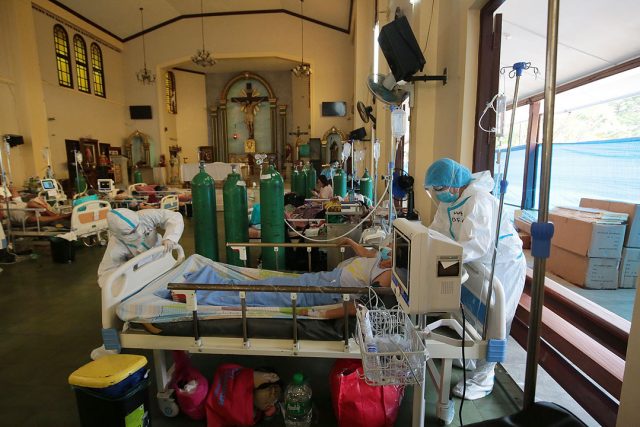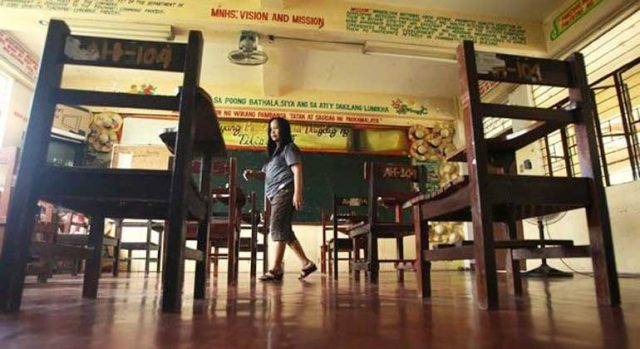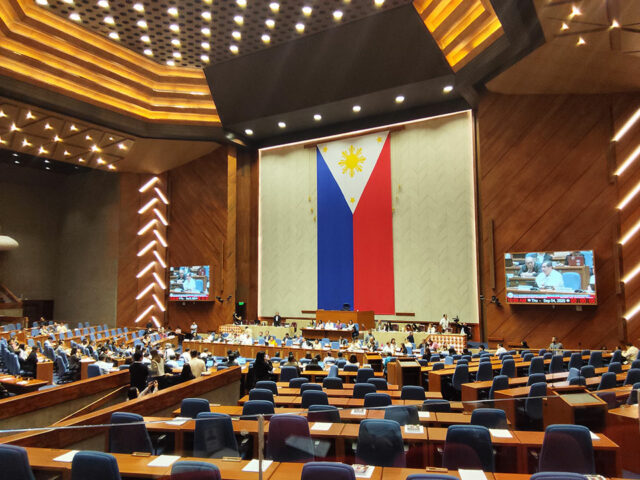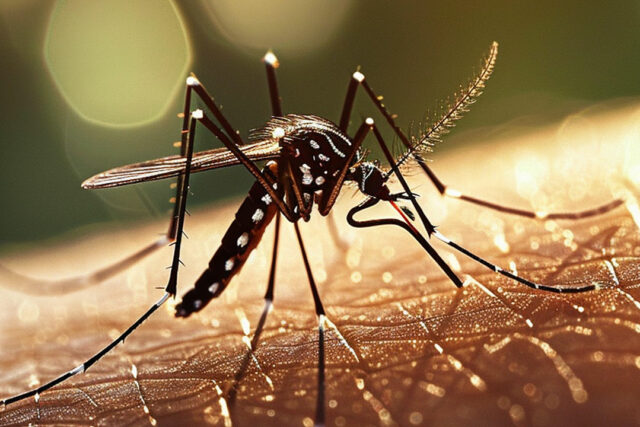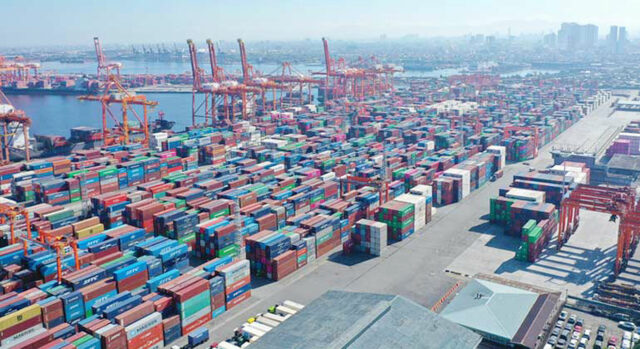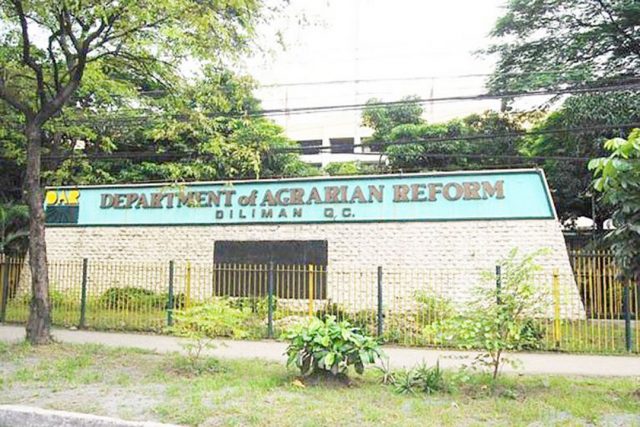Manila and allies stage naval drills near Scarborough Shoal, draw China rebuke

By Kenneth Christiane L. Basilio, Reporter
THE PHILIPPINES held joint naval exercises with Australia, Canada and the US in the South China Sea earlier this week, a move seen as reinforcing security cooperation amid heightened Chinese assertiveness in the contested waters.
In a statement on Thursday, the Armed Forces of the Philippines (AFP) said the drills were held on Sept. 2–3 off Zambales province, facing Scarborough Shoal, one of the most volatile flashpoints in the maritime dispute. Exercises included sea logistics, maneuvering drills, and anti-submarine warfare training.
It was the 10th multilateral maritime cooperative activity (MMCA) involving the Philippines and its allies, which have consistently supported Manila’s maritime claims. Participating assets included the Philippine frigate BRP Jose Rizal, Australian destroyer HMAS Brisbane, Canadian frigate HMCS Ville de Quebec and a US maritime patrol aircraft.
“Just days after the successful conclusion of Exercise Alon, the 10th MMCA reaffirms our collective resolve to protect our seas and uphold a rules-based international order,” Philippine military chief General Romeo S. Brawner, Jr. said in the statement.
The exercises came shortly after the Philippines and Australia wrapped up their largest bilateral war games, underscoring closer defense ties between Manila and its partners.
China continues to assert sovereignty over nearly all of the South China Sea using its “nine-dash line” map a claim voided by a 2016 United Nations-backed tribunal ruling. Despite the decision, Beijing has expanded its presence across disputed features, including the Spratly Islands and Scarborough Shoal, fueling repeated confrontations with Manila.
The Philippine Navy confirmed that Chinese warships monitored the two-day drills. Rear Admiral Roy Vincent T. Trinidad, navy spokesman for the South China Sea, said a Chinese missile destroyer and a frigate were spotted about 40 nautical miles (74 kilometers) southeast of Scarborough.
“They were observed following the international task group,” he told reporters. However, he noted the Chinese vessels were not conducting “synchronized movement” typical of joint patrols, rejecting claims from China’s Southern Theater Command that its forces were engaged in routine operations at the shoal.
“Such messages are part of their malign influence operations to justify their illegal presence in the country’s exclusive economic zone,” Mr. Trinidad said.
The Chinese Embassy in Manila did not respond to a Viber message seeking comment.
China’s Southern Theater Command, through spokesman Tian Junli, accused the Philippines of undermining regional stability by holding joint patrols with foreign militaries.
“Any attempt to stir up trouble in the South China Sea and create tensions is doomed to fail,” he was quoted as saying by state-run China Military Online.
The Philippines has relied increasingly on multilateral cooperation to bolster maritime defenses, frequently conducting joint patrols and exercises with the US, Japan and other partners.
Officials in Manila have argued that such engagements are needed to deter aggression and safeguard sovereignty.
China’s dispatch of warships to shadow the latest drills coincided with its largest military parade in years on Sept. 3. The timing highlighted Beijing’s military reach and willingness to project power even as tensions rise in the region.
Chester B. Cabalza, founding president of think tank International Development and Security Cooperation, said the parade underscored the urgency for Manila to accelerate defense upgrades.
“The parade of weapons is made to poke the US and its allies,” he said in a Messenger chat. “It means that we have to fast-track the alteration of the military modernization program and widen joint naval drills with allies for a deterrence-centered policy.”
The AFP has repeatedly said it would pursue cooperative activities with like-minded nations to strengthen interoperability, enhance security and reinforce the Philippines’ position in the South China Sea.


